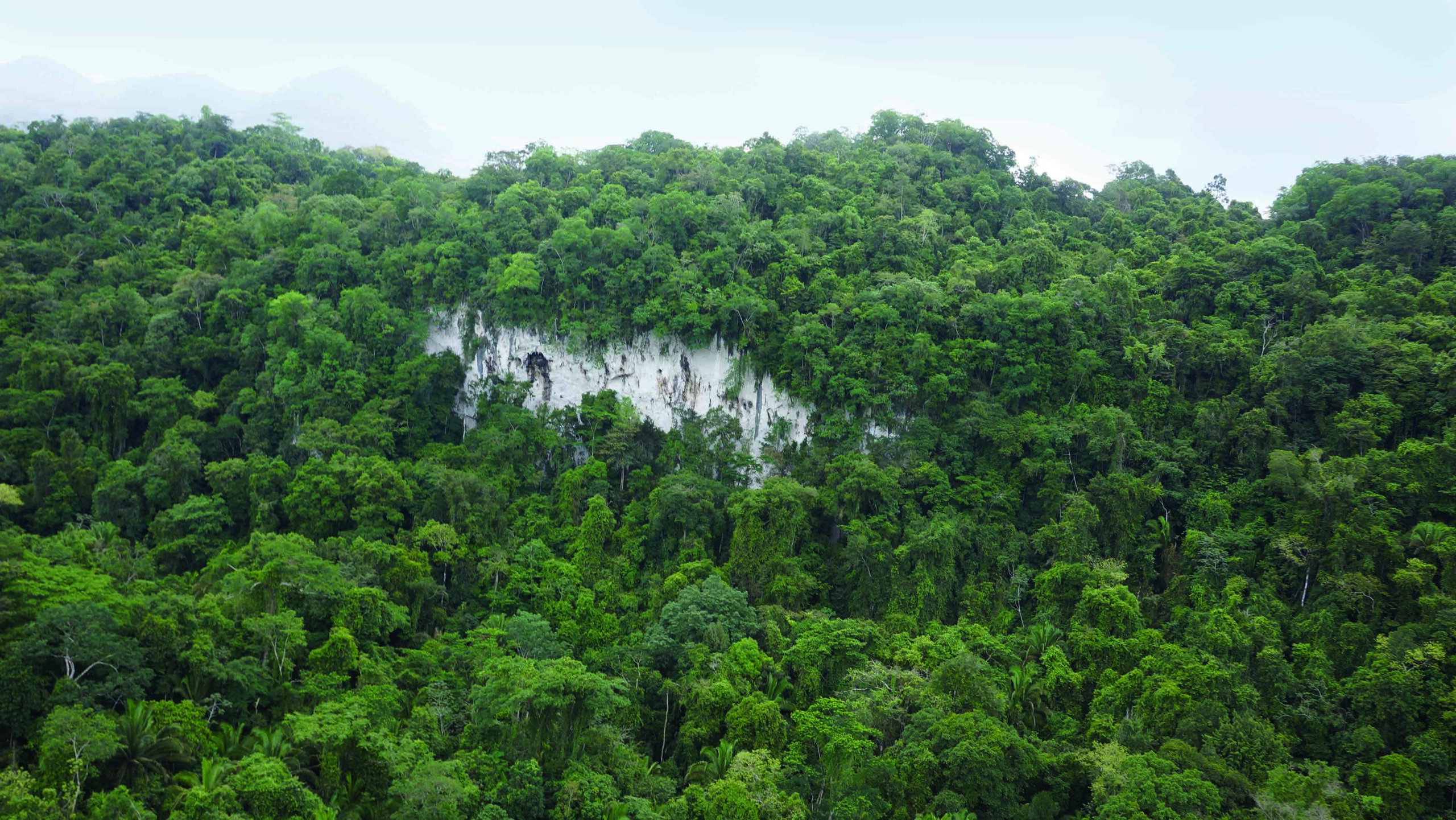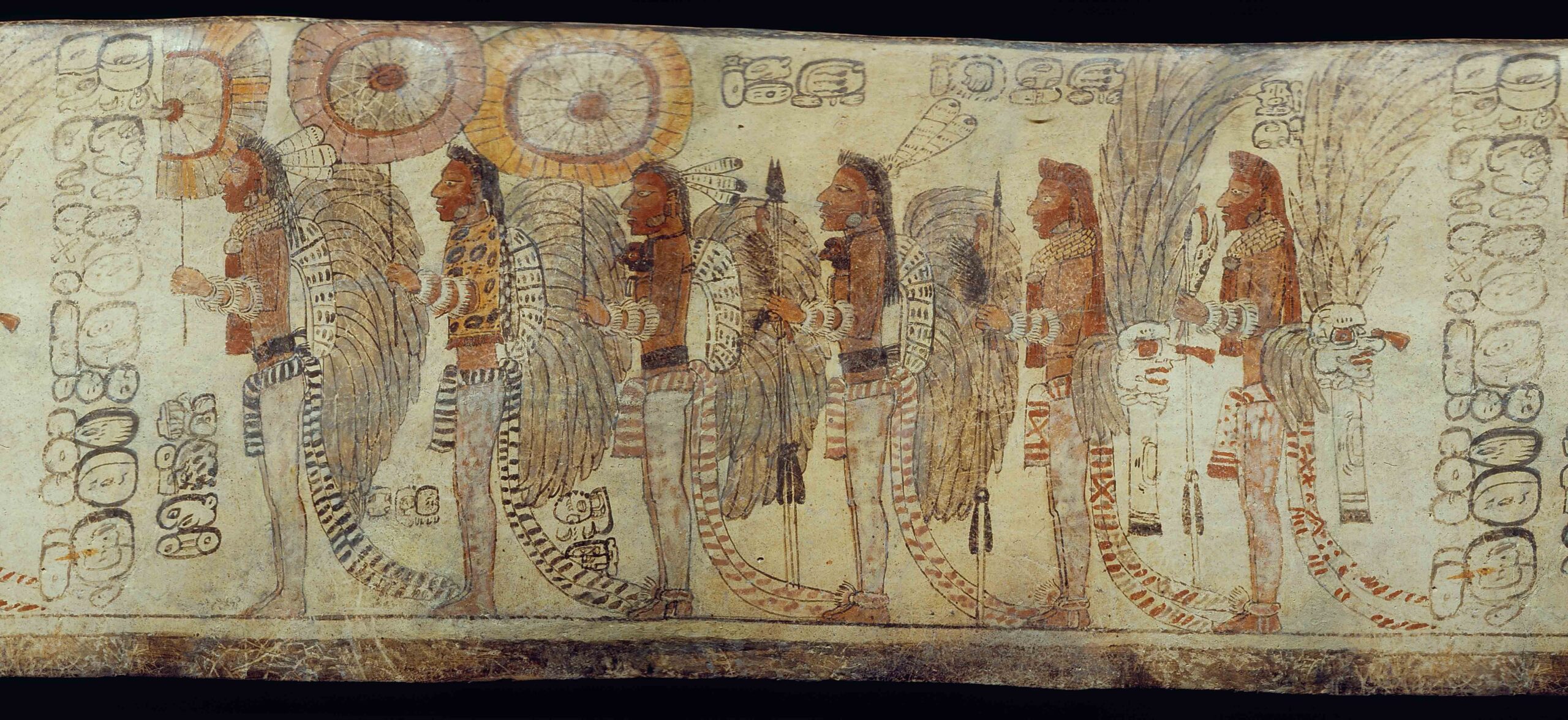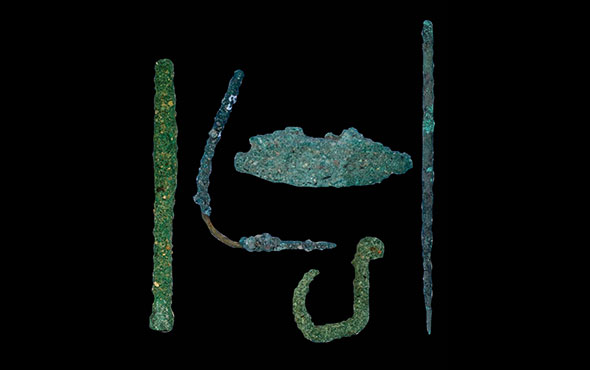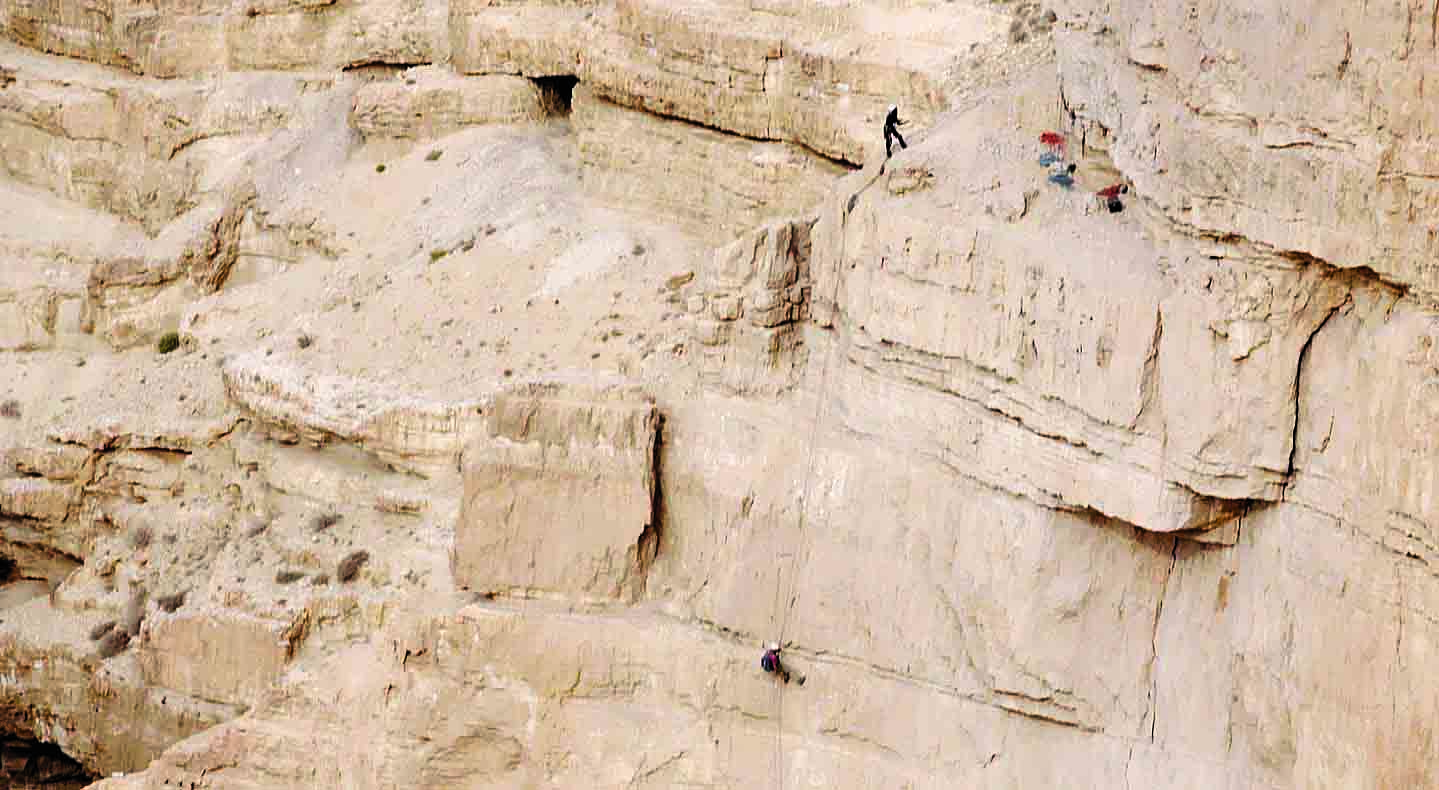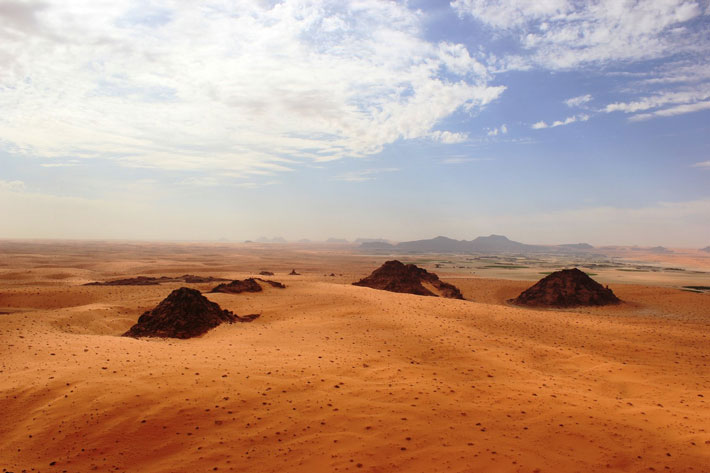
JENA, GERMANY—According to a Science News report, Huw Groucutt of the Max Planck Institute for the Science of Human History and an international team of researchers suggest that hominins repeatedly migrated through northern Arabia as early as some 400,000 years ago, as monsoon rains periodically transformed the desert landscape into habitable grassland. The researchers collected sediments from five ancient lake beds in hollows between large sand dunes in northern Saudi Arabia, and detected six phases of lake formation. They also recovered fossils of hippos, wild cattle, and other animals that are likely to have traveled along rain-fed lakes, wetlands, and rivers, in addition to thousands of stone tools. Five of those phases of lake formation were associated with stone tools dated to 400, 300, 200, 100, and 55 thousand years ago through luminescence dating, which detects the last time the grains of sediment were exposed to sunlight. These dates also correspond to times when rainfall is known to have increased in the region, Groucutt explained. Meanwhile, the different types of tools the researchers identified suggest that the people who traveled through the grasslands came from different places, and may have even belonged to different species originating in Africa and Eurasia. To read about more than 1,000 rectangular complexes that were recorded in the deserts of northwest Saudi Arabia, go to "Around the World: Saudi Arabia."


